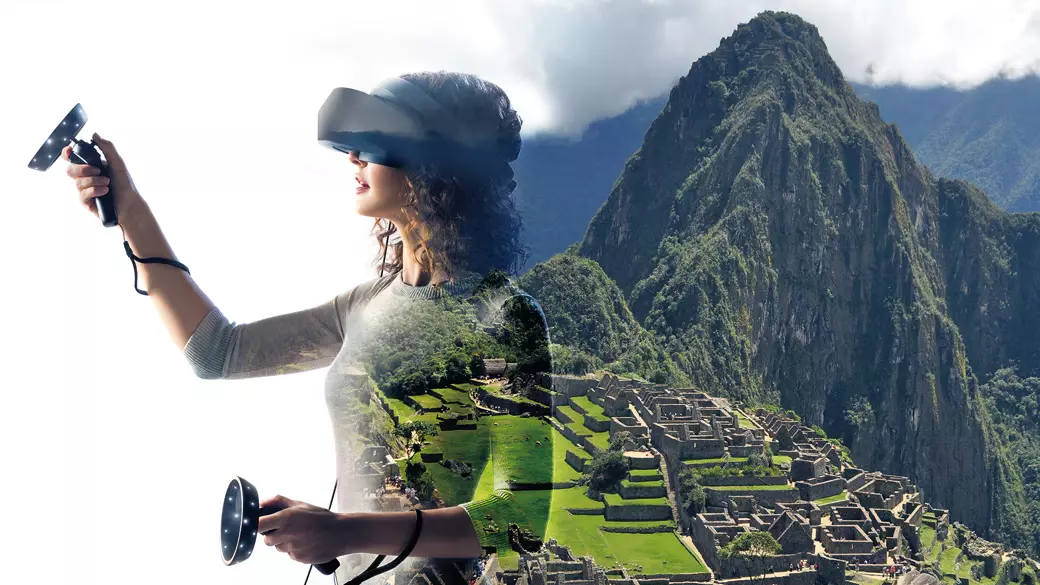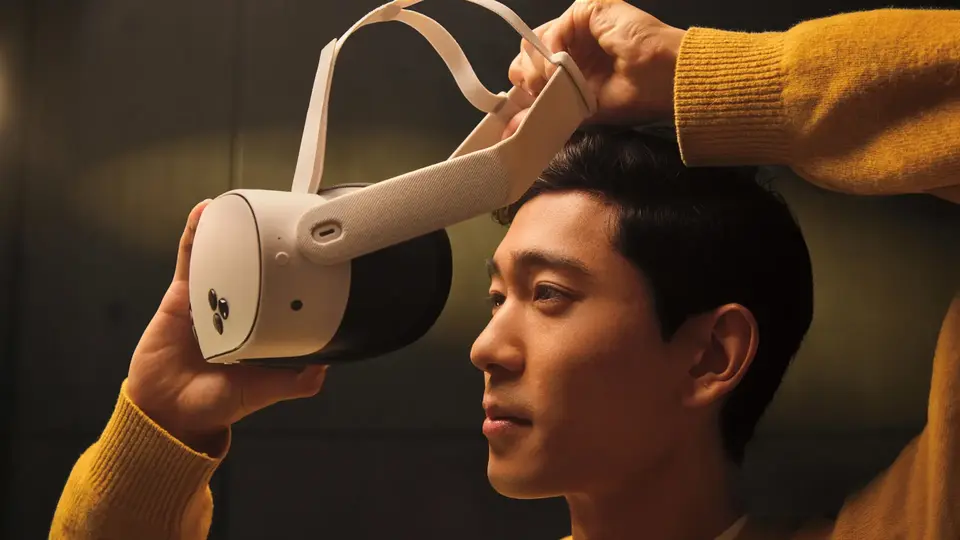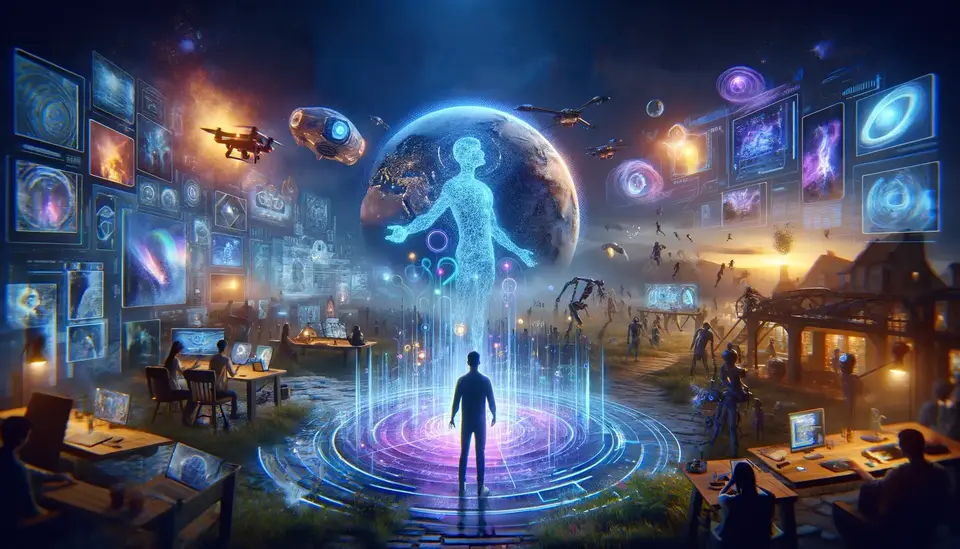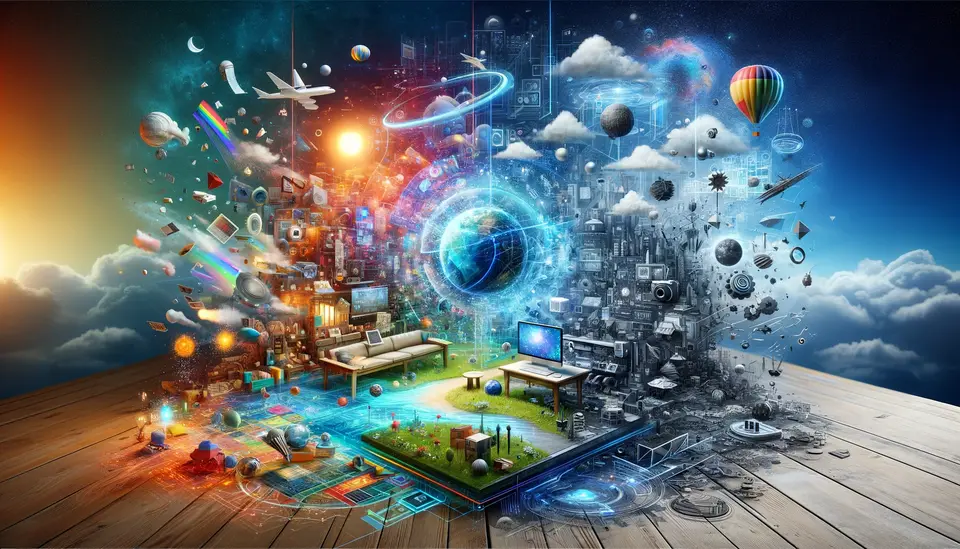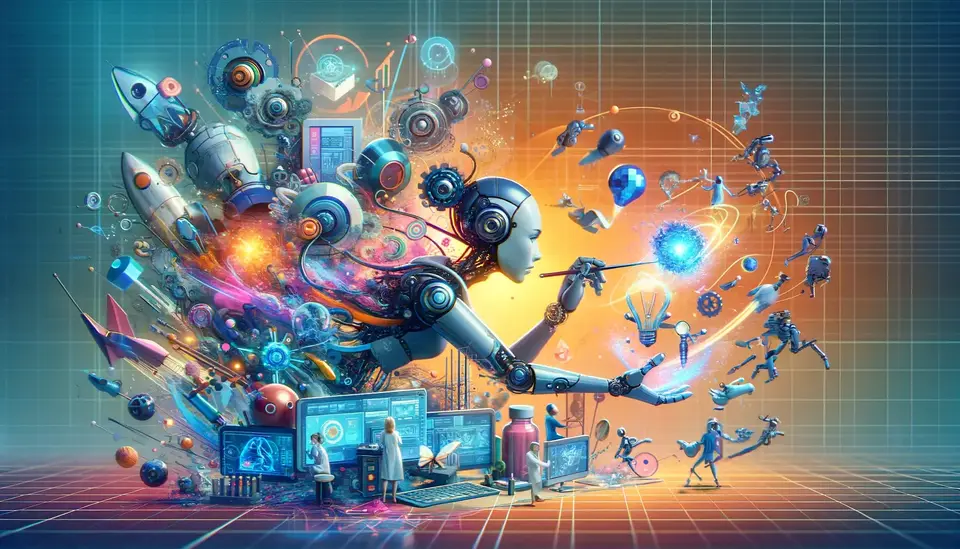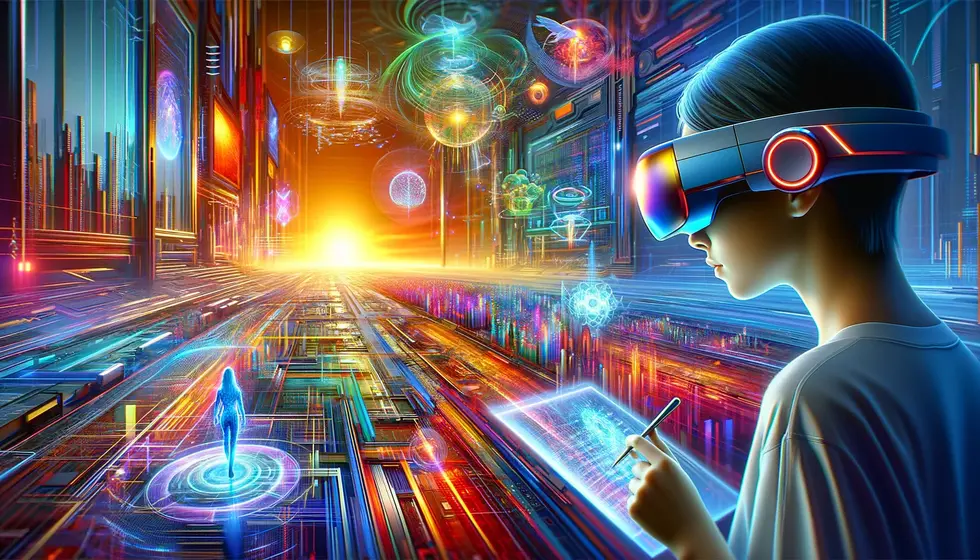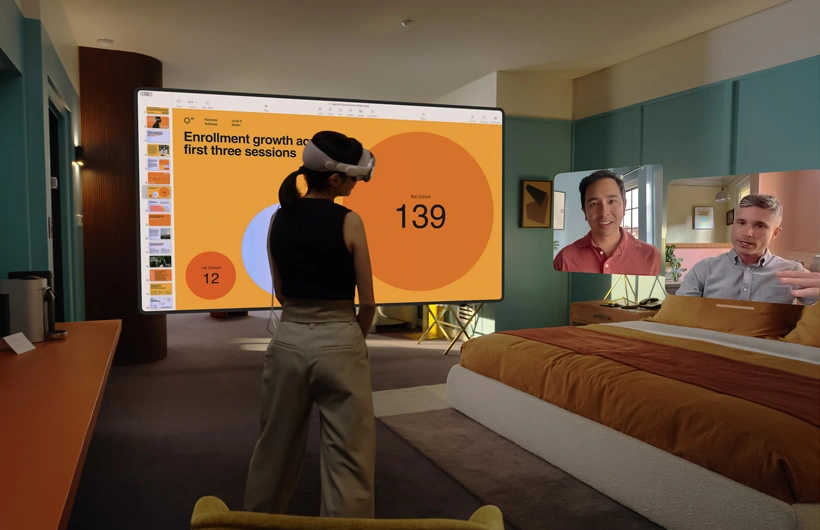15 Examples of the Use of Mixed Reality in Tourism
Posted on April 9, 2023 5 minutes 893 words
Table of contents
- 1. Virtual City Tours
- 2. Language Translations
- 3. Interactive Museums
- 4. Guided Nature Walks
- 5. Gamified Tourism
- 6. Virtual Hotel Previews
- 7. Enhanced Theme Parks
- 8. Accessible Tourism
- 9. Cultural Performances
- 10. Food Tourism
- 11. Virtual Travel Agents
- 12. Augmented Hiking Trails
- 13. Immersive Wildlife Safaris
- 14. Educational Travel
- 15. Disaster Preparedness
- Conclusion
Mixed reality (MR) technology is rapidly transforming the way we experience tourism by combining elements of both virtual reality (VR) and augmented reality (AR). This innovative approach has led to the creation of immersive, interactive, and engaging travel experiences that capture the imagination of tourists around the world. In this blog post, we delve into 15 real-world examples of how mixed reality is revolutionizing the tourism industry.
1. Virtual City Tours
With mixed reality devices, tourists can explore cities with 3D overlays, providing information about historical sites, landmarks, and local attractions. An excellent example of this is the London-based company, Blue Badge, which offers a mixed reality tour of the city’s famous landmarks, such as Buckingham Palace and the Tower of London. Tourists can experience the city’s history and architecture in a new and immersive way.
2. Language Translations
Mixed reality can provide real-time translations and cultural insights, making it easier for tourists to communicate and understand local customs. The HoloLens, a mixed reality device developed by Microsoft, can translate languages in real-time, allowing tourists to communicate with locals more effectively.
3. Interactive Museums
Mixed reality technology allows visitors to interact with exhibits and artifacts in ways that were previously impossible, such as virtually handling ancient artifacts or witnessing historical events unfold. The Smithsonian National Museum of Natural History in Washington D.C. has implemented mixed reality experiences that allow visitors to interact with exhibits and learn more about the natural world.
4. Guided Nature Walks
Mixed reality devices can offer guided tours through natural environments, providing information on flora, fauna, and geographical features. The Great Barrier Reef in Australia has implemented mixed reality technology that allows visitors to explore the reef and learn about the ecosystem without harming the environment.
5. Gamified Tourism
Travelers can engage in location-based mixed reality games, encouraging exploration and discovery of lesser-known attractions. An example of this is the game “Minecraft Earth,” which uses mixed reality technology to allow players to build structures in the real world.
6. Virtual Hotel Previews
Mixed reality allows potential guests to virtually explore hotel rooms and facilities before booking, ensuring the accommodation meets their needs and expectations. Marriott International has implemented mixed reality technology in some of their hotels, allowing guests to experience different room designs and layouts.
7. Enhanced Theme Parks
Mixed reality can be used to create immersive rides and attractions, blending physical and digital elements for a truly unique experience. The Universal Orlando Resort has implemented mixed reality technology in their ride “The Amazing Adventures of Spider-Man,” allowing riders to experience a 3D adventure through the streets of New York City.
8. Accessible Tourism
Mixed reality technology can help make travel experiences more accessible for people with disabilities by providing detailed information, guidance, and support. The University of Hawai’i at Mānoa has developed a mixed reality app that helps people with visual impairments navigate the university’s campus more effectively.
9. Cultural Performances
Traditional dances, music, and theatrical performances can be enhanced with mixed reality elements, providing tourists with a deeper appreciation for local art forms. The National Museum of Singapore has implemented mixed reality experiences in their exhibitions, allowing visitors to experience Singapore’s cultural heritage in a new and immersive way.
10. Food Tourism
Mixed reality can provide information about local cuisine, ingredients, and food history while enhancing the dining experience with interactive elements. The “Holoride” app allows passengers to experience virtual reality entertainment while in a moving car, providing an immersive dining experience.
11. Virtual Travel Agents
Mixed reality can be used to create personal virtual travel agents, offering real-time information, recommendations, and booking services. The company “Hopper” has developed a mixed reality app that allows travelers to explore destinations, compare flights and hotels, and make bookings.
12. Augmented Hiking Trails
Mixed reality can enhance hiking experiences with information about the landscape, wildlife, and historical significance of the area. The National Park Service has developed a mixed reality app that allows visitors to explore the Grand Canyon and learn about the park’s history and geology.
13. Immersive Wildlife Safaris
Mixed reality can bring tourists closer to wildlife by overlaying information about animals, their habitats, and conservation efforts. The San Diego Zoo has implemented mixed reality technology in their “Backstage Pass” experience, allowing visitors to interact with animals and learn about their care and conservation efforts.
14. Educational Travel
Mixed reality can enhance educational travel experiences by providing contextual information, quizzes, and interactive learning opportunities. The New York Times has developed a mixed reality app that allows users to explore the history and architecture of famous landmarks around the world, such as the Taj Mahal and the Eiffel Tower.
15. Disaster Preparedness
Mixed reality can be used to educate tourists about potential hazards and emergency procedures in the event of natural disasters or other emergencies. The United Nations Development Programme has developed a mixed reality app that simulates natural disasters and educates users on the appropriate response and preparedness measures.
Conclusion
Mixed reality technology has made a significant impact on the tourism industry, offering countless opportunities to enhance travel experiences. These 15 real-world examples demonstrate how MR can make travel more engaging, educational, and accessible for everyone. As the technology continues to advance, we can expect even more innovative applications of mixed reality in the world of tourism.

